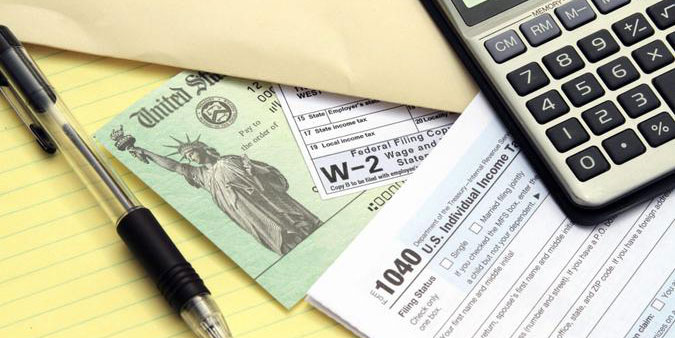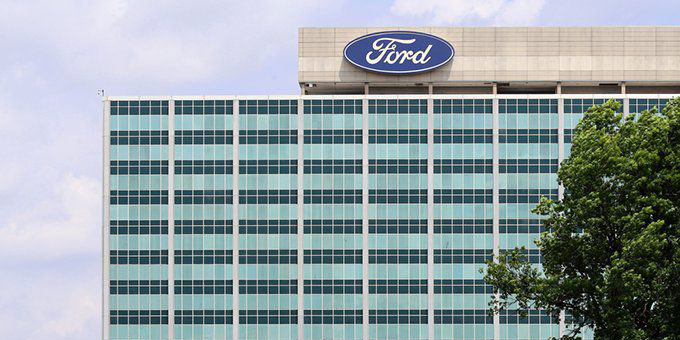Comparison of Real Return And Real Yield
Jan 01, 2024 By Triston Martin
The impact of inflation is often overlooked when analyzing returns and yields by investors. The term "real return" refers to the gain or loss on a bond's investment adjusted for inflation. To calculate the return on investment, subtract the impacts of inflation from the initial investment and multiply the result by 100.
A slightly distinct concept is yield, which quantifies the proportion of an asset's original price repaid as income. It's important to remember that gains from capitalization are not factored into the calculation of yield but are factored into the calculation of return.
What Influences Actual Yields?

The factors affecting real yields may be broken down into their constituent parts: nominal yield and inflation. Market factors determine the ups and downs of a bond's yield; when demand is high, the yield drops, and vice versa. Inflation can be triggered in three different ways: by an increase in demand, an increase in prices, or an increase in the money supply.
When Treasury Rates Fall, What Happens To GDP?
Real GDP growth and other indicators of economic health tend to go hand in hand with rates on Treasuries. During economic expansion, when real GDP is expanding, investors may select riskier assets, necessitating higher Treasury yields to compete for their capital. When the economy is in a downturn, some investors may choose the security of Treasury bonds, which means that the yields on these bonds might be lower.
Assessing Actual Rates of Return and Actual Yields

There is a need for these computations because, over time, inflation will erode the purchasing power of your funds. The value of a dollar decreases over time due to inflation even if you lock it up in a safe, even if the nominal value remains the same.
Try to see it this way: Let's say that for your family of four this year, it costs $200 to feed them for a week. The same amount of groceries will cost $204 the next year if inflation rates remain at 2%. If your investment yields a meager 1%, you'll conclude the year with just $202.
This is because your buying power will have been eroded by the difference between your 1% nominal return and the 2% inflation rate. To put it another way, your actual rate of return is -1%. Real returns should be your primary focus while managing your money.
Investment Strategies Using These Ideas
Although real yields and returns are crucial, they are not the only ones. Investors are willing to accept a yield below the inflation rate to feel secure. This is often the case for retirees who have put their money into certain assets like CDs, money markets, savings bonds, or U.S. Treasury bills.
The risk of default is low, which is a major plus for these assets. If we look at the U.S. Treasury as an example, they have never missed a payment of interest on a bond. The trade-off is that the nominal returns on such investments are either at or below the inflation rate. A negative real yield describes this monetary state.
Negative Real Yields
When the nominal yield of an investment is equal to or lower than the inflation rate, we say that the real yield of the investment is negative. The U.S. Federal Reserve reduced the federal funds rate to near zero in late 2008 as part of its plan to revive a flagging economy following the severe economic crisis that began in 2007.
The Federal Reserve's quantitative easing policy reduced the cost of capital for companies seeking to expand by encouraging them to borrow more money. Among the numerous advantages of this approach is its potential to reduce actual unemployment rates, which the Economic Institute estimates rose to above 10% in 2009.
Factors Impacting The Actual Rate Of Return
There is no way to ascertain the true rate of return until after the fact. The inflation rate within a specific time frame is an example of a lagging indicator since it cannot be determined until after the time frame in question has finished. When additional expenses, such as taxes and investment fees, are included, the true rate of return becomes more realistic.
Conclusion
The actual return on an investment is not always the most important factor. Long-term objectives, investment horizon, and risk tolerance are three other factors that investors should keep in mind. It would help if you were always mindful of how inflation affects investment results. Real return and real yield, as opposed to only nominal return and nominal yield, should be considered when assessing an investment's performance.
-
 Taxes Jan 14, 2024
Taxes Jan 14, 2024Profit Before Taxes: What Does It Mean?
The profitability of a business may be measured by calculating its profit before taxes (PBT). It compares the company's total expenses including operations and interest costs to its total revenues before income taxes are taken out, of course. The pride and fulfillment of running your own business are important motivators for most entrepreneurs.
-
 Know-how Jan 11, 2024
Know-how Jan 11, 2024What Exactly Is Included With Ho6 Condo Insurance?
Condo insurance, generally known as HO-6 insurance, is meant to fill up the gaps left by the master policy maintained by your condo association. You may protect your property and legal liabilities in the event of an accident with standard condo insurance coverage. The annual cost of condo insurance in the United States is $512. Building but instead common area insurance is likely to be taken care of by the condo association when you are a condo owner. However, if your personal property is stolen or damaged in a fire, the association's master insurance won't aid you. Condo insurance, also known as HO-6 insurance, will cover damage from these and other events.
-
 Know-how Nov 20, 2023
Know-how Nov 20, 2023Locating Foreign Currency Exchange Services: A How-To Guide
Find a foreign currency exchange near you with our comprehensive guide. We provide information on the popular exchange rates and locations.
-
 Know-how Dec 06, 2023
Know-how Dec 06, 2023All about Top Ford-owned Companies
Ford Motor Corporation has gained a worldwide reputation as the world's biggest and most productive carmaker during the last several decades. Since its inception, Ford has been widely regarded as a pioneer in the automobile industry for its creative methods of producing big quantities. To find out which businesses and brands are owned by Ford has long been a hot topic
